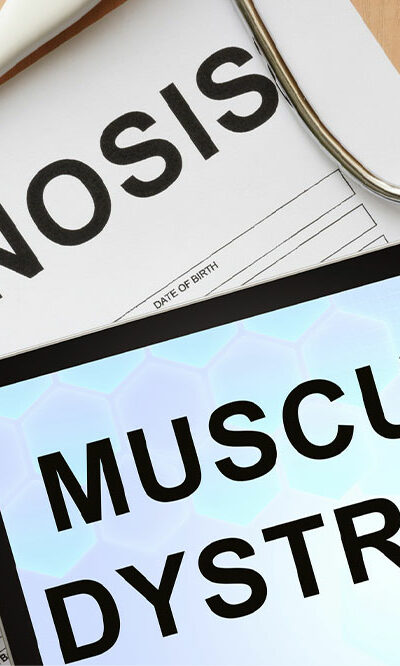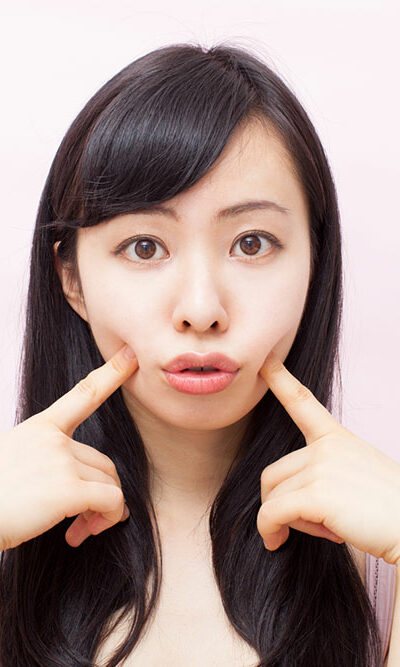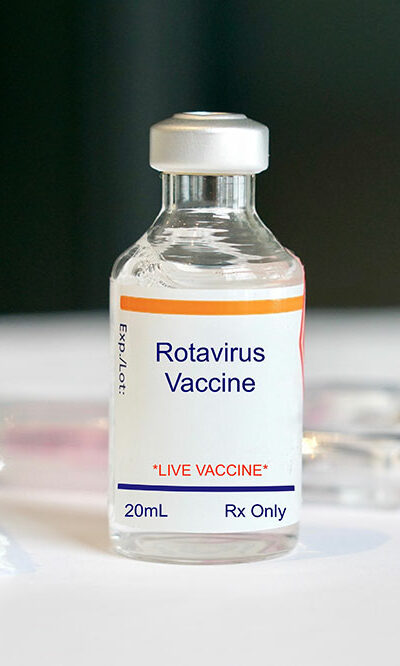
3 Crucial Factors Influencing the Medigap Premium Rates
In the past few decades, it has become increasingly difficult for retired seniors to manage their healthcare expenses. Realistically, in the near future, medical services are estimated to become more and more expensive. Even out-of-pockets costs like Medicare co-insurance and deductibles can hit day-to-day finances in a detrimental way. One way to resolve this problem is by enrolling in a Medigap plan. Also, known as Medicare Supplement Plans, Medigap is a form of health insurance that manages additional costs that are not covered under Original Medicare. These expenses include co-insurance, deductibles, and emergency medical expenses while flying overseas. Conversely, it doesn’t handle costs involving long-term care, private-duty nursing, vision care, eyeglasses, dental, and hearing aids. A few Medigap plans might reimburse for prescription medications. Unlike, the Original Medicare plans, which are rendered by federal agencies, Medigap plans are offered by private insurance companies. These plans are only for those individuals who are enrolled in Part A and Part B plans of Medicare. On the other hand, people having a Medicare Advantage plan are not eligible for Medigap policies. What factors can influence the price of Medigap? The premiums of a Medigap policy differ across providers and regions. Therefore, before one plans to opt for a Medicare Supplement Plan, it is essential that they identify the several factors that influence premiums and total out-of-pocket costs to settle for the best quote. Continue reading to know more. Type of Medicare Supplement Plan selected As Medigap policies are administered by private providers, they set their own premium rates. Apart from states of Massachusetts, Minnesota, and Wisconsin, all the other 47 states propose ten standardized Medicare Supplement Plans. Following are some common features offered by these plans: Co-insurance and co-payments related to hospice services Blood transfusions (first 3 pints) Co-insurance and co-payments for Original Medicare plans (Part A and Part B) Besides the basic benefits stated above, few Medigap policies may also enable the insured to access additional reimbursements.










